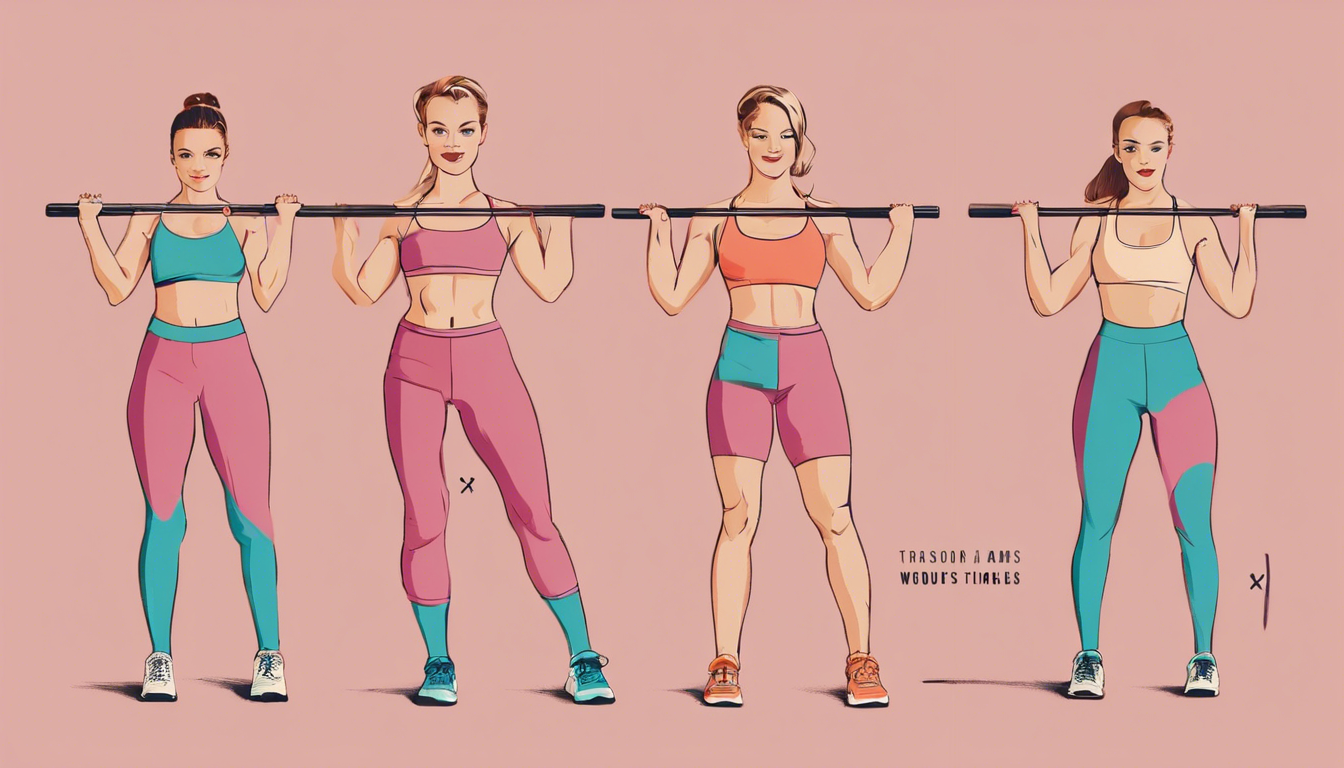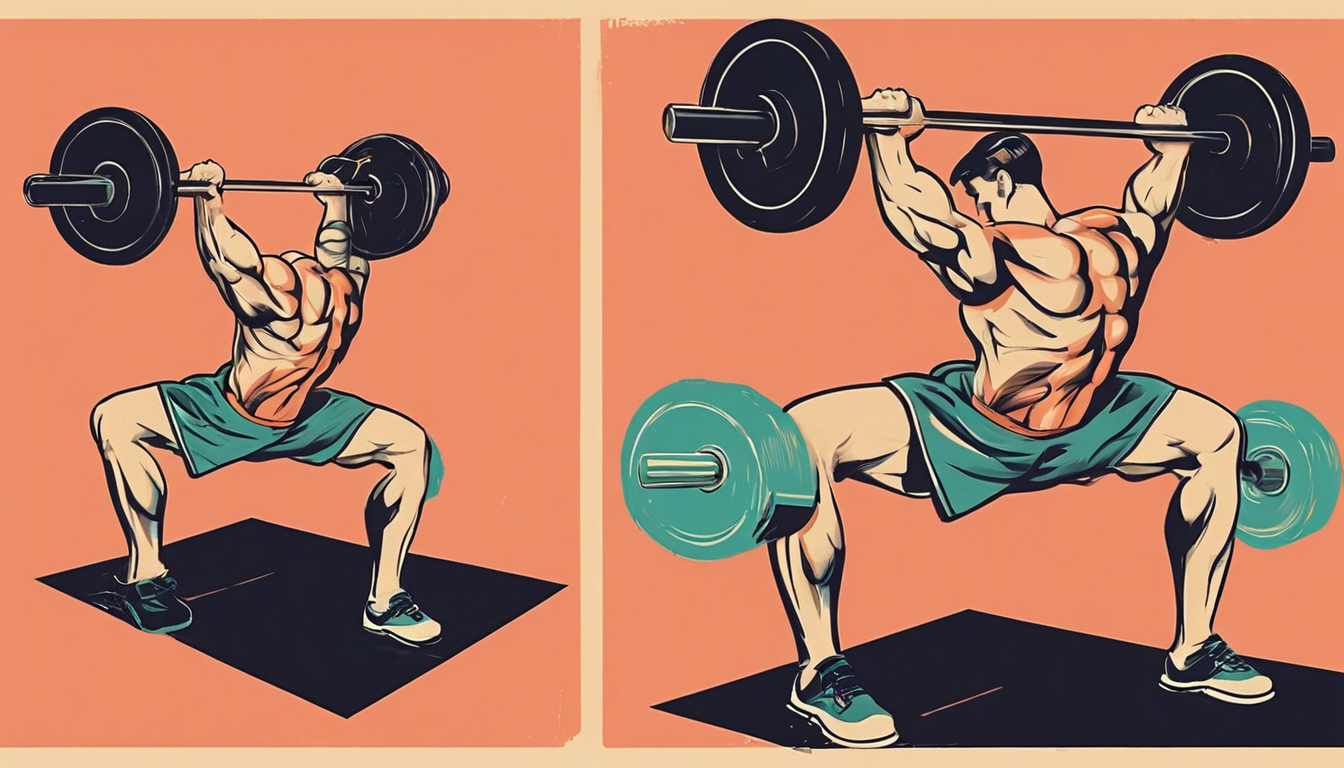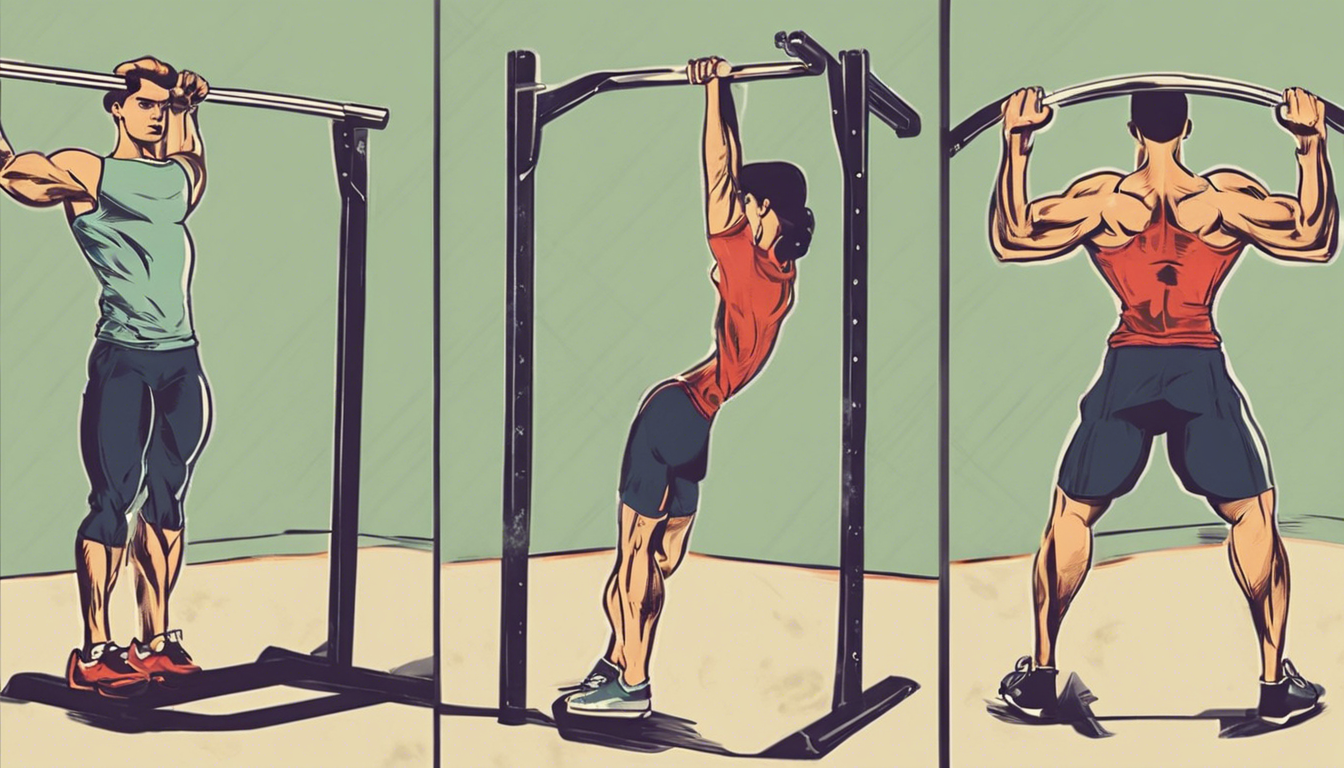
Home Workout Plans for Seniors: Your Blueprint for Strength, Mobility, and Vitality
The Vision of Ageless Strength
Imagine moving through your day with effortless grace—rising from your favorite chair without a push, climbing stairs while holding a conversation, gardening without the next-day ache, and playing with your grandchildren with confidence and stability. This is the portrait of empowered aging. It’s not about recapturing youth; it’s about claiming the strength, mobility, and vitality that are your rightful companions for the journey ahead. The master key to this vibrant, independent lifestyle isn’t found in a crowded gym, but in the consistency, safety, and comfort of your own home. A meticulously crafted home workout plan for seniors is the foundational system for building resilient muscles, flexible joints, and unshakable balance. It transforms your living room into a personal wellness sanctuary, where every rep and stretch is an investment in your future self.
Foundational Choices: Designing Your Safe & Effective Home Gym
Your environment is the first and most critical component of your success. It must be engineered for safety to prevent accidents and designed for motivation to encourage consistency.
A. The Space & Safety Audit
Before you perform a single exercise, conduct this audit. Choose an area with at least a 5×5 foot clear space. Priority One: Remove all tripping hazards like loose rugs, electrical cords, or low furniture. Ensure the floor surface is non-slip (carpet or a yoga mat is ideal). Have a stable, armless chair (like a dining chair) against a wall for support. Lighting must be bright and even to avoid shadows that could distort your perception of the floor.
B. Essential Equipment Selection
Sophisticated results require only simple tools. Start with bodyweight, then strategically introduce these low-cost, high-impact items:
| Equipment Category | Primary Options | Key Characteristics & Uses |
|---|---|---|
| Resistance | Loop Bands, Tube Bands with Handles | Light resistance for shoulder mobility and leg work; Medium/Heavy for seated rows and chest presses. They are joint-friendly, portable, and allow for progressive challenge. |
| Free Weights | Light Dumbbells, Kettlebells, Water Bottles/Canned Goods | Start light (2-5 lbs). Used for bicep curls, overhead presses, and goblet squats to build bone density and functional strength. Household items are perfect for beginners. |
| Support & Balance | Sturdy Chair, Countertop, Wall | The chair is your anchor for seated exercises and standing support. A countertop provides a stable handhold for balance drills. The wall is for wall push-ups and heel raises. |
| Comfort & Mobility | Yoga Mat, Foam Roller | The mat defines your space and provides cushioning for floor work. A foam roller is for self-myofascial release to ease muscle tightness and improve cool-down efficacy. |
C. The Pre-Workout Non-Negotiables
This is non-negotiable protocol. 1. Medical Clearance: Consult your physician or physical therapist before starting any new plan, especially if you have chronic conditions. 2. Hydration: Drink water throughout the day, not just during your workout. 3. Attire: Wear supportive, flat shoes (or grip socks) and non-restrictive clothing that allows you to move and lets you see your body’s alignment.
The Core System: Pillars of a Senior Fitness Plan
An effective home workout plan for seniors is not a random collection of exercises. It is a balanced, holistic system built on four interdependent pillars. Neglecting one weakens the entire structure.
A. Warm-Up & Mobility (5-10 Minutes)
Goal: Increase blood flow, lubricate joints, and prepare the nervous system. Method: Gentle, dynamic movements. Perform arm circles (forward/backward), seated or standing torso twists, gentle neck nods and rolls, ankle alphabets (drawing letters with your toes), and marching in place. Never skip this.
B. Strength & Stability (Core of the Workout)
Goal: Build muscle to protect joints, boost metabolism, and power daily activities. Focus on Major Groups:
- Legs & Glutes: Chair squats (sit-to-stands), standing calf raises, seated leg extensions.
- Core & Back: Seated marches, bird-dog (on hands and knees or modified on a chair), standing rows with a band.
- Chest & Arms: Wall push-ups, seated bicep curls with light weights, overhead press with bands.
C. Balance & Coordination (Integrated Daily)
Goal: Proactive fall prevention by challenging your stabilizer muscles. Always perform near your stable support (chair/counter). Drills include: Heel-to-toe walks (tandem stance), standing on one leg (hold for 10-30 seconds), shifting weight from foot to foot, and seated single-leg lifts.
D. Flexibility & Cool-Down (5-10 Minutes)
Goal: Release muscle tension, improve posture, and lower heart rate. Method: Static stretches held for 20-40 seconds with deep, relaxed breathing. Key areas: Chest stretch in a doorway, seated hamstring stretch, seated figure-four stretch for glutes, and gentle overhead triceps stretch.
Advanced Practices: Optimizing Your Routine for Results
Mastery moves you from simply following a plan to intelligently directing your own progress. This is where sustainable results are forged.
A. The Principle of Progressive Overload (Applied Safely)
To get stronger, you must gently challenge your body. For seniors, progression is about smart escalation, not maximal weight. The hierarchy of progression: First, master perfect form for 2 sets of 10 reps. Then, progress by: 1) Adding a third set. 2) Increasing reps to 12-15 per set. 3) Slowing down the movement (a 4-second squat). 4) Finally, adding minimal resistance (moving from a tube band to a loop band). Only change one variable at a time.
B. Listening to Your Body: The Critical Skill
You must become an expert in interpreting your body’s signals. Discomfort is the muscular fatigue of a challenging set; it’s acceptable. Pain is sharp, sudden, or located in a joint; it is a command to STOP. Dizziness, shortness of breath beyond normal exertion, or chest pressure are immediate red flags. Honor these signals—they are your body’s wisdom, not its weakness.
C. Integration with Daily Life: Exercise Snacking
Weave fitness into your day. Perform calf raises while brushing your teeth. Do seated leg extensions during a TV commercial. Practice standing up from your chair 5 times in a row without using your hands. These “snacks” reinforce neural pathways, boost circulation, and make fitness a lifestyle, not just a scheduled event.
Threat Management: Injury Prevention & Problem-Solving
A proactive stance is your best defense. Your goal is to train consistently for decades, not intensely for weeks.
Prevention First: The Sustainable Trinity
1. Consistency Over Intensity: Three 20-minute moderate sessions per week are infinitely better than one overly ambitious hour that leaves you sore for days. 2. Form is Sacred: Move with control. Never sacrifice form for more reps. If you cannot maintain form, the exercise is too difficult—modify it. 3. Rest is Productive: Schedule at least one full rest day between strength-focused days. Muscles strengthen during recovery.
Intervention & Adaptation: Your Modification Toolkit
When you encounter a flare-up or simply have a low-energy day, you adapt—you do not quit. Use this tiered response system:
- Tier 1 (Mild Joint Discomfort/Fatigue): Reduce range of motion. Perform half-squats instead of full. Reduce reps by 50%.
- Tier 2 (Needing More Support): Move to seated versions. Do seated leg lifts instead of standing. Perform chest presses with bands while seated.
- Tier 3 (Active Recovery Day): Skip strength work entirely. Focus solely on 10 minutes of gentle mobility and 15 minutes of leisurely walking. Listen to a podcast or enjoy nature.
The Action Plan: A Sample Weekly Blueprint
This practical, adaptable calendar shows how the pillars come together into a sustainable rhythm. “Rest” does not mean sedentary; it means active recovery.
| Day | Primary Focus | Sample Activities (After Warm-Up) |
|---|---|---|
| Monday | Full-Body Strength & Balance | Chair Squats (3×10), Wall Push-Ups (3×10), Seated Row with Band (3×10), Standing Leg Lifts (2×10 each side), Heel-to-Toe Walk (2×10 steps). Finish with Cool-Down. |
| Tuesday | Active Recovery & Flexibility | 15-20 minute leisurely walk outdoors or indoors. Follow with 10 minutes of seated yoga stretches (hamstring, chest, torso twist). |
| Wednesday | Full-Body Strength & Stability | Calf Raises (3×15), Seated Overhead Press (light weight/band, 3×10), Glute Bridges (from floor or chair, 3×10), Bird-Dog (modified, 2×8 each side), Side Leg Raises (holding chair, 2×10). Finish with Cool-Down. |
| Thursday | Mobility & Light Cardio | 10-minute full-body dynamic warm-up as your main activity. 10 minutes of stationary marching or gentle dance to favorite music. |
| Friday | Strength & Integration | Repeat Monday’s strength routine, OR focus on “exercise snacks” throughout the day. Dedicate 15 minutes to practicing balance drills near your countertop. |
| Saturday/Sunday | Rest & Enjoyment | Choose one day for complete rest. Use the other for a fun, non-exercise activity that keeps you moving: gardening, a casual stroll with a friend, or gentle swimming. |
Your Stronger, More Confident Future
The true measure of this journey is not the weight lifted, but the life lived more fully. It is the profound satisfaction of taking active, intelligent control of your physical well-being. You have moved from understanding the necessity of a safe space to mastering the architecture of a balanced, responsive system. This personalized home workout plan for seniors is your ongoing blueprint—not for athletic vanity, but for enduring function, resilience, and independence. Embrace the process. Celebrate the small victories—the easier rise from the couch, the steadier step on the path, the newfound confidence in your own body. This is your path to a joy-filled future, built one safe, powerful, and intentional movement at a time. The transformation awaits your first step.





